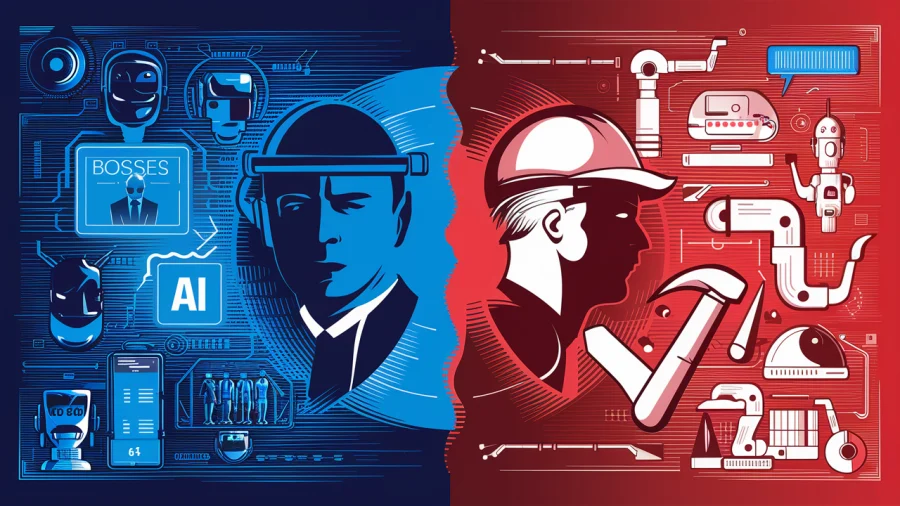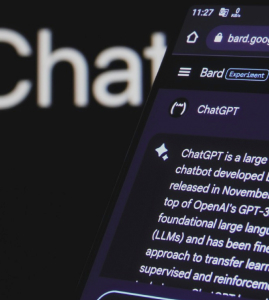Just in time for the holidays, the Grails team has released Grails 2.0 after almost a year in development. If you’re new to Grails, now might be a good time to check it out.

Grails is a Web application framework inspired by Ruby on Rails, but it uses Groovy instead of Ruby. Grails is also extensible, and has a pretty hefty ecosystem of plugins that add functionality.
New in 2.0
As befits a year of development, the 2.0 release has a lot of improvements and updates. First and foremost, there’s Groovy 1.8, which has its own list of updates and improvements. It also has support for binary plugins with this release, which makes it easier for companies to ship proprietary plugins to Grails. (Whether this is a good or bad thing is left as an exercise to the reader.)
The user experience has been updated significantly with 2.0, including a new errors view that should make it easier to see where errors are in your code. 2.0 also has improvements for unit testing and a database migration plugin for helping ease the transition from testing to production.
If you want to try out Grails without setting it up yourself, check out Cloud Foundry, Grails 2.0 is already available. Grails 2.0 also comes with plugins ready for MongoDB, Redis and Riak 1.0 releases (though they’re all in release candidate/milestone phase right now). The SpringSource folks also note that Grails will be making “more exciting announcements” around Neo4j, Amazon SimpleDB and Cassandra in 2012. I can’t attest to how exciting they’ll be, but I’m sure that some folks will find it very useful.
You don’t seem to hear as much about Grails as some other frameworks, though that might just be a perception issue on my part. If you’re using Grails, let us know what you think about the 2.0 release in the comments.

















